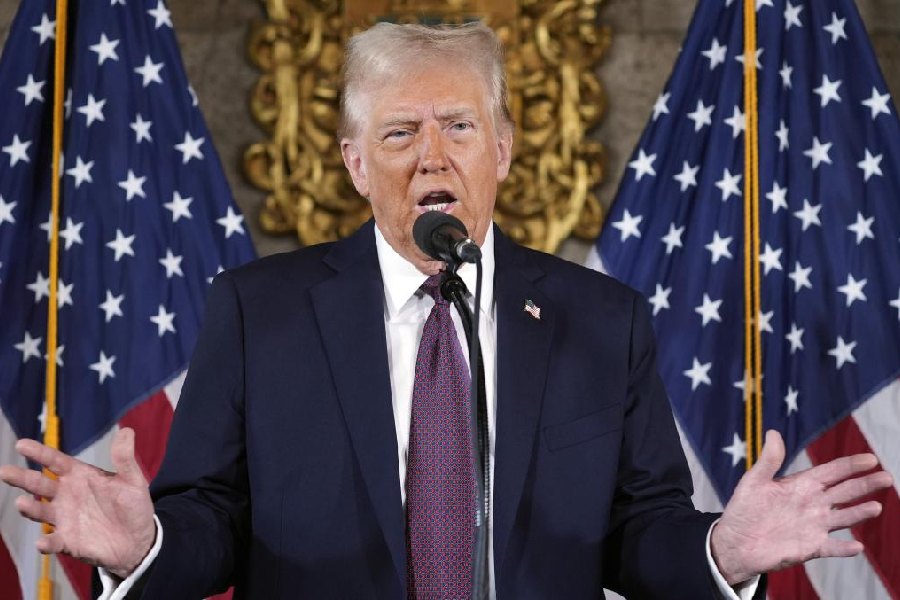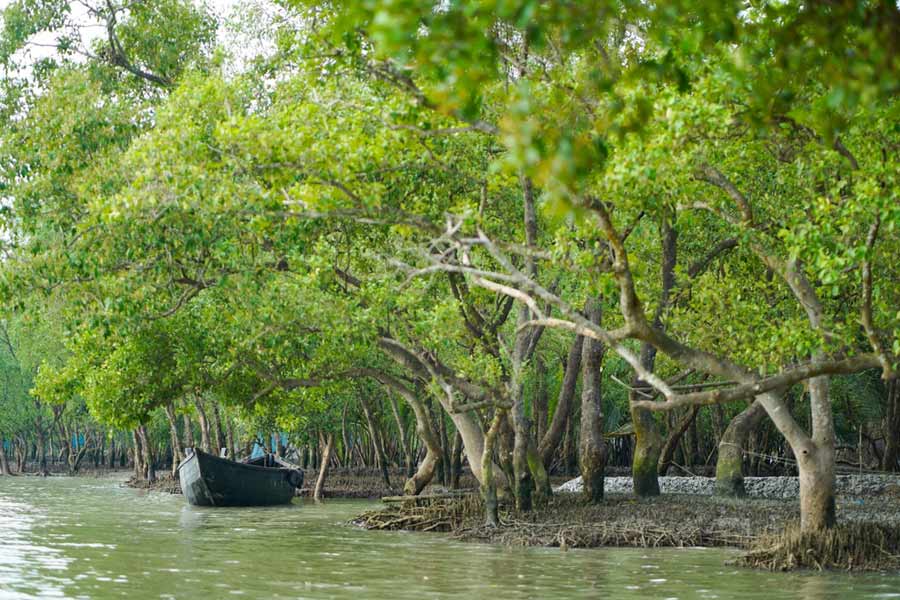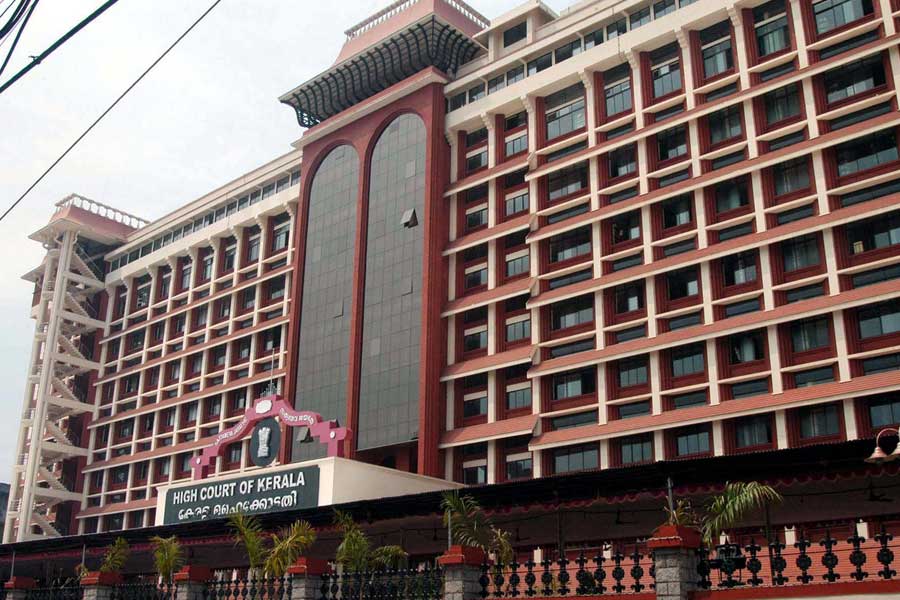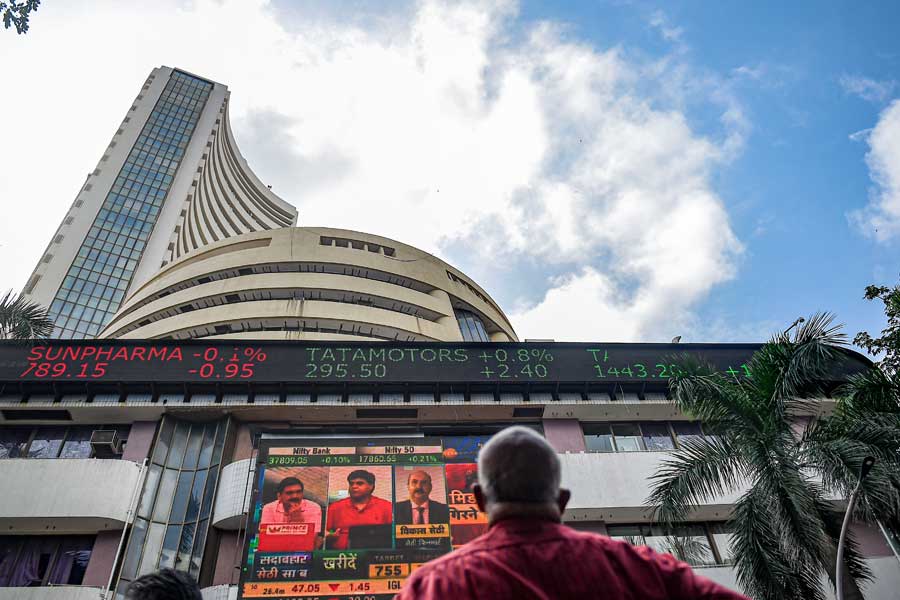In a chilly auditorium in Afghanistan, heaps of freshly mined green emeralds glowed under bright table lamps as bearded gemstone dealers inspected them for purity and quality.
An auctioneer asked for bids on the first lot, which weighed 256 carats. With that, the Taliban’s weekly gemstone auction was underway.
These sales, in the emerald-rich Panjshir province of eastern Afghanistan, are part of an effort by the Taliban government to cash in on the country’s vast mineral and gemstone potential.
Since seizing power in August 2021, the Taliban say they have signed deals with scores of investors to mine gemstones, gold, copper, iron and other valuable minerals, like chromite. These buried treasures offer a potentially lucrative lifeline for a feeble economy.
China has led the way in investments under its Belt and Road Initiative, an aggressive effort to spread Chinese influence worldwide. Russian and Iranian investors have also signed mining licences, filling the void left by the chaotic US withdrawal in 2021.
The US government estimates that at least $1 trillion in mineral deposits lie beneath Afghanistan’s rugged landscape. The country is rich in copper, gold, zinc, chromite, cobalt, lithium and industrial minerals, as well as in precious and semiprecious gemstones like emeralds, rubies, sapphires, garnets and lapis lazuli.
Afghanistan also holds a trove of rare earth elements, according to the Office of the Special Inspector General for Afghanistan Reconstruction, a US agency that will close this year. Such elements are used in an array of modern technology, like mobile phones, laptops and electric vehicles.
The Taliban are trying to do what the US could not during its 20-year occupation. The US government spent nearly a billion dollars to develop mining projects in Afghanistan, but “tangible progress was negligible and not sustained”, the special inspector general concluded in a report published in January 2023.
Many of the hurdles from that time could still apply: a lack of security, poor infrastructure, corruption, inconsistent government policies and regulations, and frequent turnover of government officials.
The Taliban are nonetheless giving it a shot, desperate for revenue after Afghanistan’s precipitous loss of aid with the US withdrawal.
During the war, the US provided roughly $143 billion in development and humanitarian aid to Afghanistan, propping up the US-aligned government. Since 2021, the US has given $2.6 billion in such aid, delivered by a private contractor in shrink-wrapped cash bundles on flights to Kabul, according to the special inspector general.
The Afghan economy has shrunk by 26 per cent over the past two years, the World Bank reported in April.
The sharp decline in international aid, the bank said, has left Afghanistan “without
any internal engines of growth”.
On top of that, the Taliban’s ban on opium production has cost farmers $1.3 billion in income, or 8 per cent of Afghanistan’s gross domestic product, the World Bank said. The ban has led to the loss of 450,000 jobs and reduced land under poppy cultivation by 95 per cent, the UN Office on Drugs and Crime reported.
Mining could help replace poppies as a steady revenue stream. Turkey and Qatar, along with China and Iran, have invested in iron, copper, gold and cement mines. Uzbek companies have signed deals to extract oil in northern Afghanistan, according to the Ministry of Mines and Petroleum.
The Taliban are already collecting tax from emerald sales.
Under the previous government, the emerald trade was a corrupt free-for-all. Warlords and politically connected dealers dominated the trade, and tax collection was haphazard at best.
But as the Taliban government has instituted the weekly emerald auctions, it has controlled and taxed all sales. Dealers who buy emeralds at the auctions do not receive the gems until they pay the 10 per cent levy.
New York Times News Service










